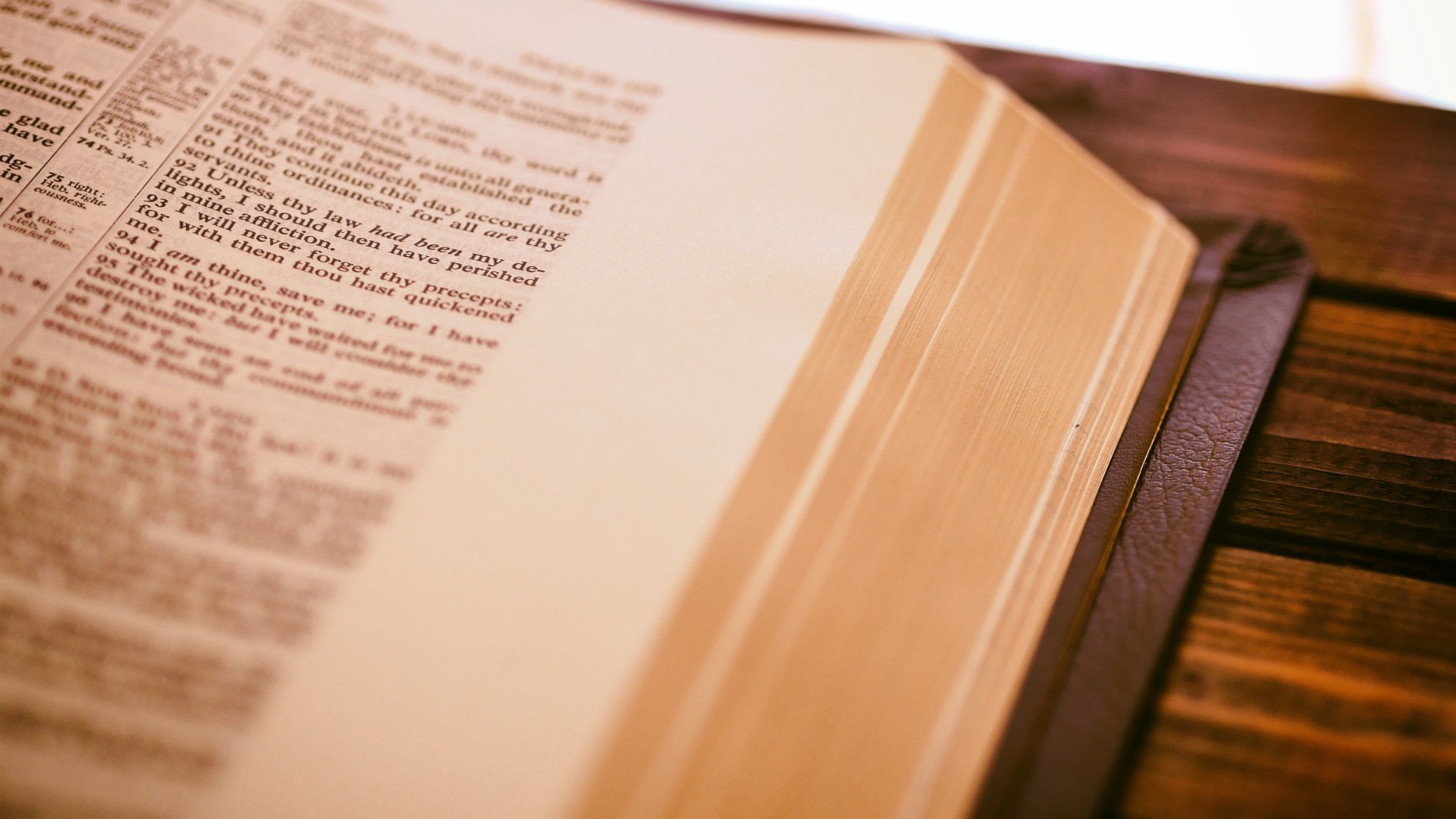Prayer is hard. I’ve already told you this. Bible reading, on the other hand, is easier—at least for me—but that doesn’t mean it’s simple. This critical source of nourishment also needs a plan, along with a personal pledge to fulfill it. As with many things, a good plan abets the pledge. It helps me be consistent and effective. Here’s mine.
I face three challenges in being steady in the Word with reading, study, and reflection: first, what to read (which Bible); second, where to read (which passages); third, how to read (what method helps me best understand what God’s Word teaches).
Which Bible?
There are three options: 1) a word-for-word, literal approach like the NASB or ESV; a thought-for-thought translation (“dynamic equivalent”) like the NIV; or a “free” translation or paraphrase like the Living Bible.
Here’s my advice. As a rule, select a solid translation and use the same translation the rest of your life. That one step will help you remember verses—often word for word—even if you’re not actively trying to memorize them. As the years pass, the same specific words read over and over will slowly settle into your soul.
For most of my Bible reading I use a real, straightforward, word-for-word literal translation—in my case, the NASB. I cut my spiritual eyeteeth on it, and I’m not changing. No need to, either. My version has cross-reference notes in the margins. And I use them. They help me get a sense of the connectedness of Scripture. I also have other translations handy for comparison—easy to get on the cheap at thrift stores.
Lately I’ve supplemented my reading with a version of The New Living Translation called Immerse. It’s a quality paraphrase with no chapter marks, no verse designations, and no headings. It reads like a book, or a novel, or a letter—much like the original readers read it (the ESV has a version like this, too).
It’s great when reading with my girls (think of it like training wheels), and the approach often gives me a fresh angle on the text. It’s not good for serious study, though, so don’t make a paraphrase your standard diet. And don’t preach from one, either.
Where to Read?
I have recently recommitted myself to an old wisdom, a kind of first principle of spiritual growth: If I’m going to be a serious disciple, I need to read the entire Bible. All of it. Every word. Regularly. So I’ve renewed my goal of reading the Bible through in a year.
Truthfully, I’ve never actually finished in 12 months. Sometimes it takes me two years or even a bit more, but the Bible-in-a-year objective keeps me disciplined, organized, and moving steadily forward. When I finish, I’ll start again.
I need the whole counsel of God—and so do you—and the only way to get it is to read it all. There’s no way around it. There are different ways to do this, though. Don’t start in Genesis and try to plow your way through the Pentateuch by March. You won’t make it. If you Google “Bible in a year plans,” you’ll find manageable options. Right now I’m using the “Book-at-a-Time Bible Reading Plan” from Discipleship Journal.
Start at the beginning of the plan (January) or start with the current date—or even jump around a bit if you like. It doesn’t matter as long as you’re working through entire books and checking them off until you complete the whole Book.
And don’t neglect regular “off schedule” reading in Proverbs and Psalms. They serve different purposes. Proverbs are for the mind—for judgment; Psalms are for the heart—for receiving comfort or expressing joy, sorrow or lament. We need them both, regularly, so don’t go long without dipping into these wonderful books. They refresh the soul in vital ways.
Some folks read a full chapter of Proverbs in one sitting, one for each day of the month (31 days, 31 chapters—easy). That’s too rich for me. I read a half chapter. On odd-numbered months I’ll read the first half of the chapter for the calendar day, and on even-numbered months the second half. Smaller portions are easier to digest.
How I Read
In brief, I read slowly and actively. I pay attention to the details and especially to the flow of thought. I circle repeated words, draw lines between related concepts, check cross references, jot brief thoughts or questions in the margin (in pencil). If my mind drifts while reading, I go back to where I drifted off and start again.
I also mix my reading with prayer. It’s hard not to. Sometimes I pray the prayers of the Bible as if they were my own. Other times I pray the content of a passage, for me or for others. I pray the words, express wonder, give thanks, offer praise, confess shortcomings, ask questions.
So, there’s my brief tutorial. Like many things important, but sometimes burdensome, consistency is key. So step up. Read regularly, read slowly, read thoughtfully, and read the full counsel of God. Again, action always beats intention.

